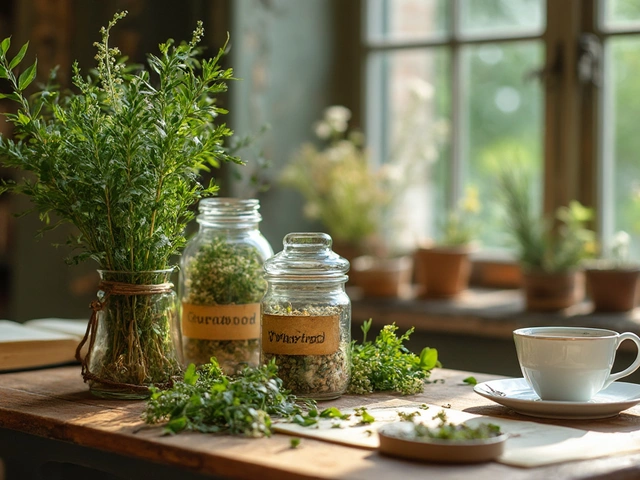Siberian cocklebur: what it does and how to use it safely
Siberian cocklebur (Xanthium sibiricum) shows up in traditional Chinese and Siberian herb lists under names like cang er zi. People use it for sinus congestion, headaches from blocked sinuses, and some skin complaints. This page gives direct, practical facts: how to recognize it, usual uses, safety red flags, and how to find a decent product if you decide to try it.
Identification and common forms. The plant has rough leaves and the burs are spiky, sticky balls that cling to clothing and fur. Herbal products usually use the seed inside the bur. You’ll see it sold as dried seed, powdered capsules, alcohol tinctures, or as an ingredient in multi‑herb formulas aimed at nasal and sinus relief.
How people actually use it
Traditional practitioners use small amounts of cocklebur seed for short stretches. Typical modern uses focus on temporary relief for nasal congestion and related headaches. People either take a prepared capsule or a drop‑form tincture, or use formulas that mix cocklebur with gentler herbs. Unlike saline rinses or steam, cocklebur is a botanical with active chemicals, so it’s not a harmless pantry herb.
What to expect: effects are often mild and short‑term when products are made correctly. Don’t expect instant cures. If something claims dramatic results overnight, be suspicious. For basic sinus relief, tried options like nasal saline, steam inhalation, or approved OTC decongestants are safer and better studied.
Safety, risks, and practical precautions
Cocklebur can be toxic in large amounts. Reported issues include nausea, stomach pain, and liver stress after heavy or prolonged use. People with liver problems, pregnant or breastfeeding women, and young children should avoid it. Also avoid combining it with other liver‑affecting herbs or alcohol. If you take blood thinners or prescription meds, check with a clinician—interactions are possible.
Handle burs carefully. The spines can irritate skin, and the dust may cause contact reactions. Keep raw material away from pets and kids. If you choose a product, prefer brands that list the Latin name (Xanthium sibiricum), include batch numbers, and publish third‑party lab testing for contaminants and heavy metals.
Where to buy and what to look for. Buy from reputable herbal suppliers or pharmacies that provide clear labels and dosing. Avoid unknown sellers on marketplaces without testing info. If you forage, be cautious: correct identification and proper drying matter. Moldy burs are a health risk.
Final practical tip: start low and short. Try a single short course from a labeled product and watch for stomach upset, skin reactions, or unusual tiredness. Stop if you notice anything odd and talk to a healthcare professional. If you want more on herbal safety or product reviews, search the site for our guides on supplements and safe online pharmacies.




